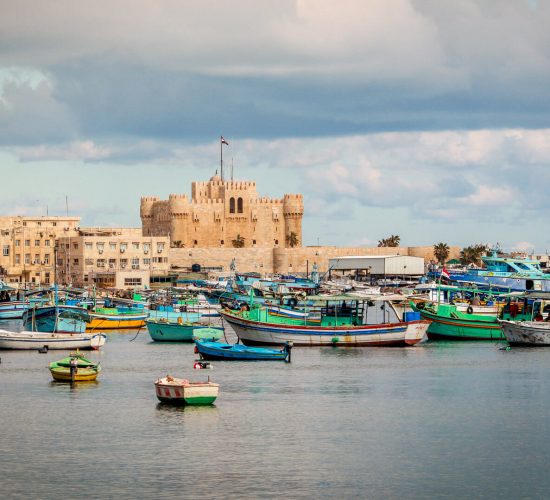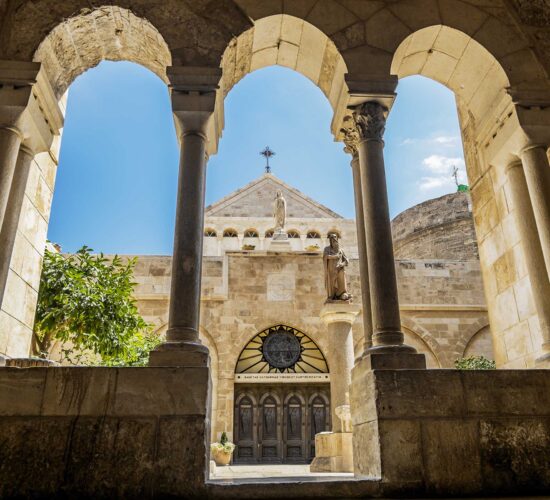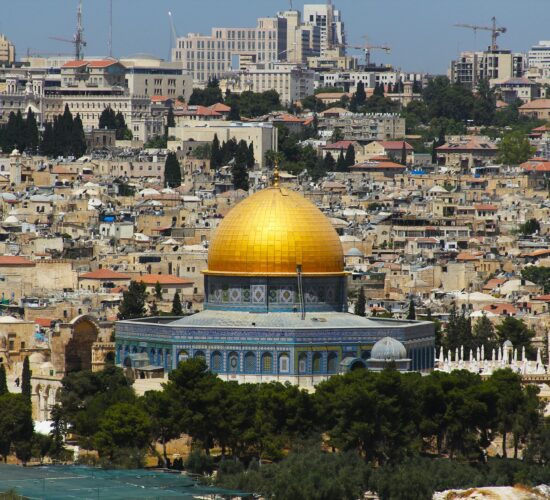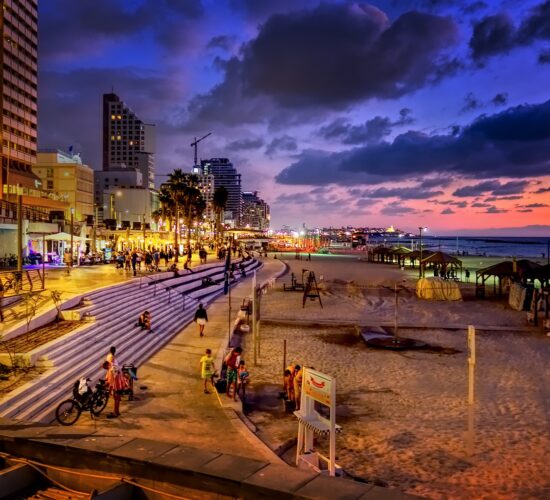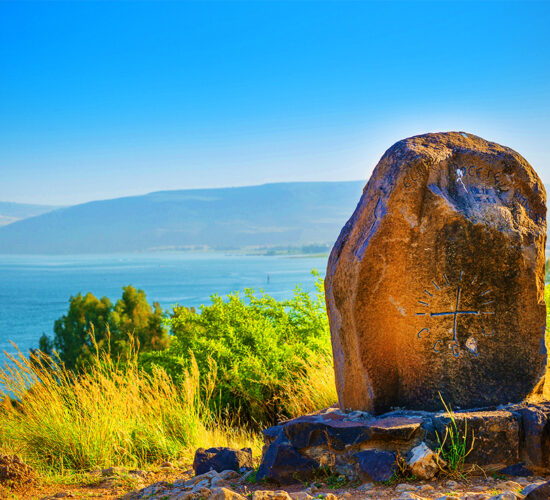Jerusalem Travel Guide
Introduction
Jerusalem Travel Guide – Jerusalem’s Old City is a spiritual lightning rod, sacred to Jews, Muslims, and Christians. Wide-eyed with awe, pilgrims flood into the walled city to worship at locations linked to the very foundation of their faith. Church bells, Islamic calls to prayer, and the shofar (Jewish ram’s horn) electrify the air with a beguiling if not harmonious, melody, and fragrances of incense, coffee, and candle smoke drift through the thrumming souqs (markets). Muslim, Christian, Jewish, and Armenian quarters each add their spice, but this diversity grew from millennia of bloody sieges and transfers of power, leaving still visible deep wounds. Destroyed and rebuilt over thousands of years, Jerusalem’s spiritual magnetism endures. With interlacing histories, clashing cultures, and constant reinvention, the city is an intense, multisensory experience.
Layers of history remain unearthed in Jerusalem, where ancient worlds are tantalizingly close. Guides lead groups beneath the Western Wall and candlelit church crypts hold treasured shrines. Visitors are ushered at the City of David through watery passageways and past active dig sites. Hardly a month goes by without a significant discovery in and around the Old City. Unsurprisingly, the city’s archaeological sites are highly contentious, in particular the bitterly controversial expansion of the City of David site into Palestinian communities. In Jerusalem, history isn’t a closed chapter.
How to Get to Jerusalem
First, fly to Tel Aviv’s Ben Gurion International Airport (TLV) to travel to Jerusalem. The distance from Tel Aviv to Jerusalem is about 36 miles by car, and the drive takes less than an hour. Your passport won’t be stamped when you arrive at Ben Gurion Airport. Instead, you’ll receive a stamped piece of paper you must carry until you depart from Israel. This is because people who travel to Israel and get stamps on their passports are not allowed to visit certain Arab countries that have diplomatic problems with Israel. Without Israeli stamps, that shouldn’t be an issue. Use our search engine to compare and find the best flight deals to Israel.
Shuttle Bus From the Airport
To get to Jerusalem from Ben Gurion Airport, look for shuttle bus No. 485. The bus runs 24 hours a day, six days a week, and costs about $6. Please pick it up outside either Terminal 1 or Terminal 3. Buy the ticket as soon as you get on the bus. The coach bus provides a comfortable one-hour journey from the airport to Jerusalem’s Central Bus Station. It also stops at other central drop-off points in the city. From the Central Bus Station in Jerusalem, it’s easy to get to the Old City via the light rail, which you can pick up right outside the station’s main entrance.
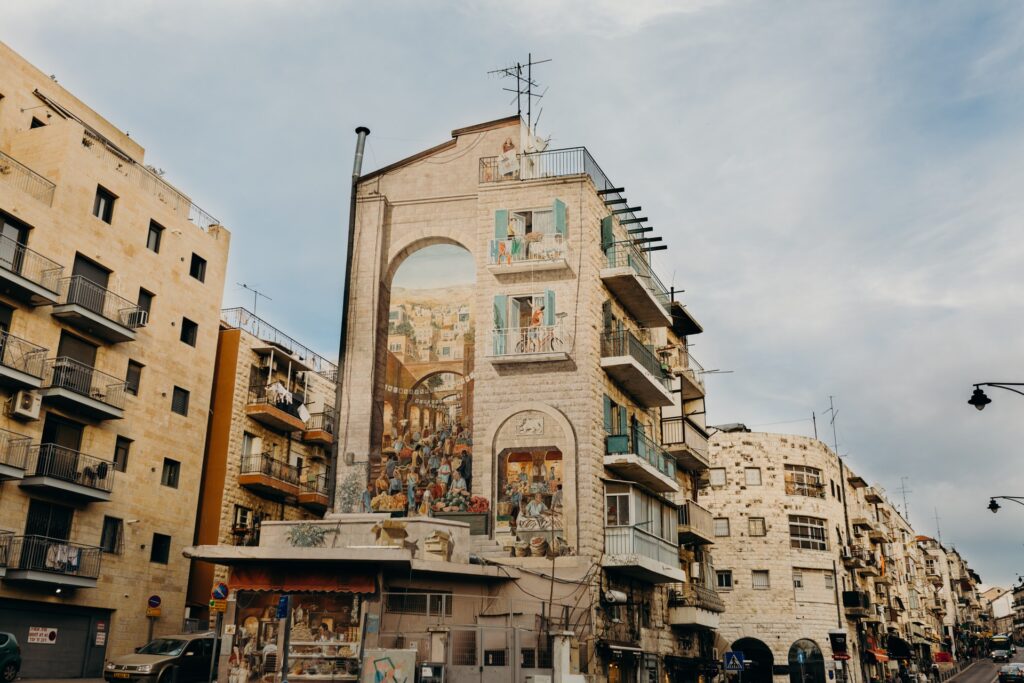
By Train
A network of trains runs between Tel Aviv and Jerusalem, connecting various parts of each city. Israel Railways’ website offers a “Trip Planner” tool to help determine the best route for your journey. The easiest route is from Tel Aviv-Ha’Hagana to Jerusalem-Malha (or vice-versa), which takes one hour and 30 minutes with a changeover at Bet Shemesh. Trains run frequently throughout the week, but it’s important to note that there are no trains on Friday afternoons or most of the day on Saturdays due to the Jewish Shabbat. Check the timetables online ahead of time. There are several ticket options when traveling on Israel Railways. Purchase a one-way or return ticket, or select a Rav-Kav card, which lets you buy unlimited travel between two destinations for seven days. Be sure you have a valid and correct ticket since Israel Railways is known for strict penalties if caught without one. An adult one-way ticket between Tel Aviv-Ha’Hagana and Jerusalem-Malha costs 20.00 Israeli New Shekels, a great bargain.
Best Time to Visit Israel
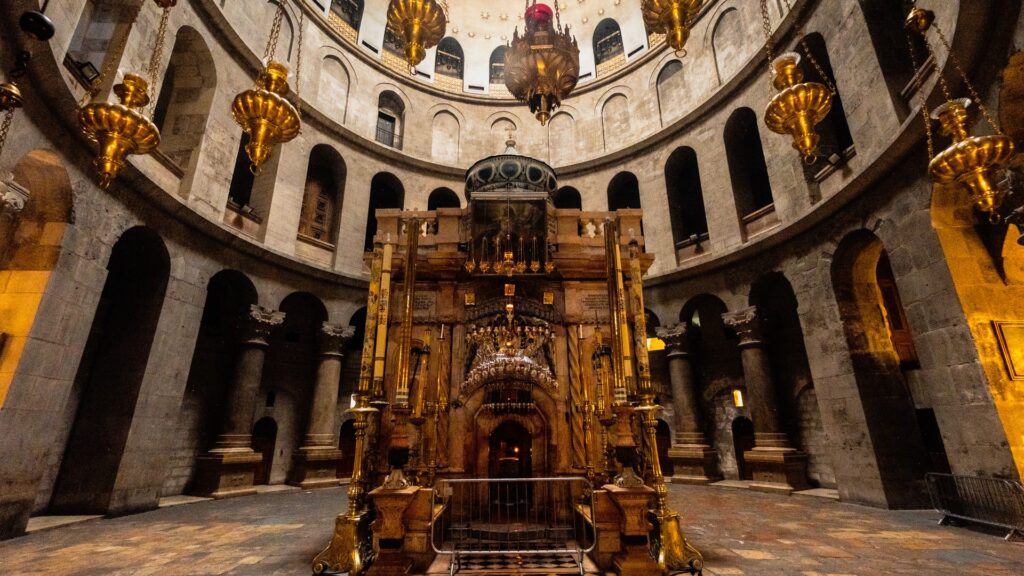
The best times to visit Israel are in spring or fall because the days are pleasantly warm, with temperatures around 25-26 °C (79°F) and cool nights. It can be pretty hot during the day from June to August, with average temperatures of 32-33°C( 90°F). However, the evenings are more relaxed, and if you don’t mind the heat, you’ll enjoy smaller crowds at popular sites. Temperatures are much more extraordinary in winter, around 10 °C (50°Ften with Jerusalem even receiving occasional snowfall.
Important Note: Avoid significant holidays. Jerusalem’s prices skyrocket during major Jewish festivals, especially Passover (March or April), Sukkot (September or October), and the High Holy Days ( fall). You’ll find better deals if you avoid these holidays.
Getting Around Jerusalem
The best ways to get around Jerusalem are on foot or by taxi. Many of the city’s top attractions are within walking distance of one another inside or beyond the Old City walls. When you’re looking to expand your stomping grounds, taxis are incredibly convenient (albeit a little pricey). Egged’s transportation company provides public bus service within the city and many points around the country. Egged also services Ben Gurion International Airport (TLV), about 38 miles northwest of Jerusalem on the outskirts of Tel Aviv. However, the bus system isn’t intuitive for foreign visitors. Travelers usually will have better luck with the new light rail system, which opened in 2011.
Best Things To Do in Jerusalem
Jerusalem is suspended between many different crosshairs. First and foremost, it serves as the Holy City for the three primary Western religions: Christianity, Judaism, and Islam. The narrow streets and alleyways that make up the labyrinth-like Old City reverberate with the sounds of spirituality. Whispered Hebrew prayers uttered by tefillin-clad Jews at the Western Wall mingle with the hauntingly beautiful Muslim call-to-prayer sounding from Temple Mount. The voices from the Jewish and Muslim quarters are then accompanied by melodic bells sounding from the Christian Church of the Holy Sepulchre. For many visitors, the rumor of a constant Almighty presence suddenly becomes very real; even the most adamant non-believer will find it hard to deny that there’s something ethereal about Jerusalem.
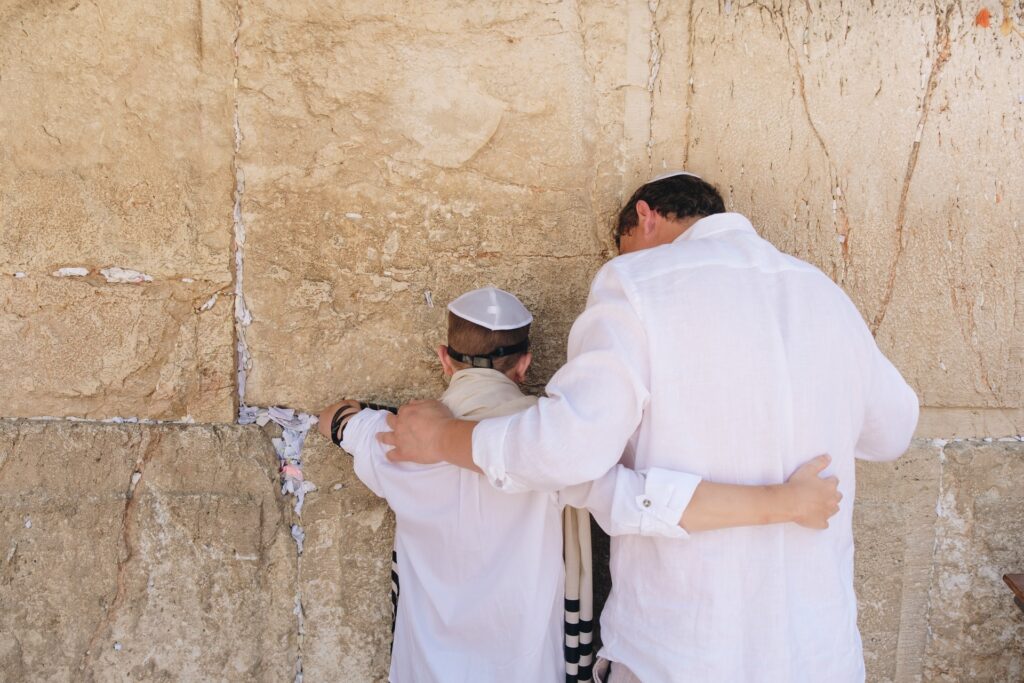
While the image of ancient Jerusalem—a city still ruled by King David and his followers—is what most travelers expect, you’ll find a destination in flux instead. Beyond the historic walls of the Old City lies a buzzing metropolis where traditional lifestyles collide with cosmopolitan developments. West Jerusalem is littered with trendy restaurants and bars, while East Jerusalem resonates with the cries of market vendors. The city’s diverse offerings have transformed Jerusalem from a pilgrimage spot to a well-rounded vacation destination. So whatever your reason for visiting, you can be sure that this is a city you’ll never forget.
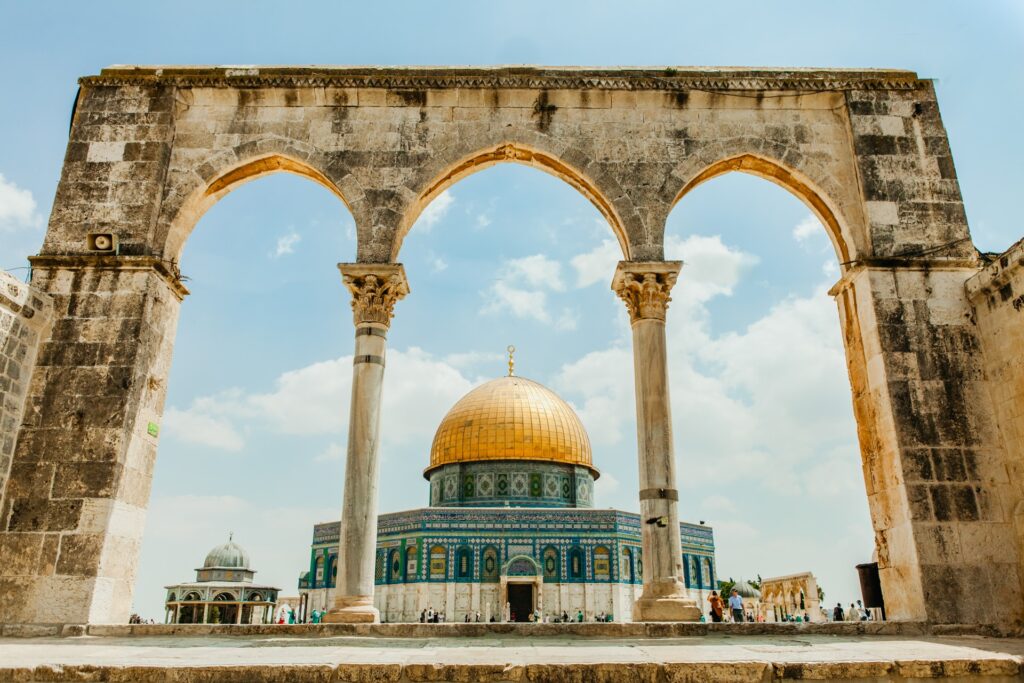
Jerusalem has three sections: the Old City, West Jerusalem, and East Jerusalem. Ancient stone walls encase the Old City. You can access the grounds via seven different gateways. Within these walls, the city’s most prominent attractions include the Western Wall, the Dome of the Rock, and the Church of the Holy Sepulchre. You’ll discover Jerusalem’s thriving yet laid-back metropolis outside the Old City. West Jerusalem buzzes with life, with much of the action centered on Jaffa Road and Ben-Yehuda Street. Here, you’ll find a variety of shops, restaurants, and bars. East Jerusalem is the hub of the city’s Arab community. Not as modern as West Jerusalem, the East—especially outside the Old City’s Damascus and Herod’s Gates—brims with lively markets.
Old City
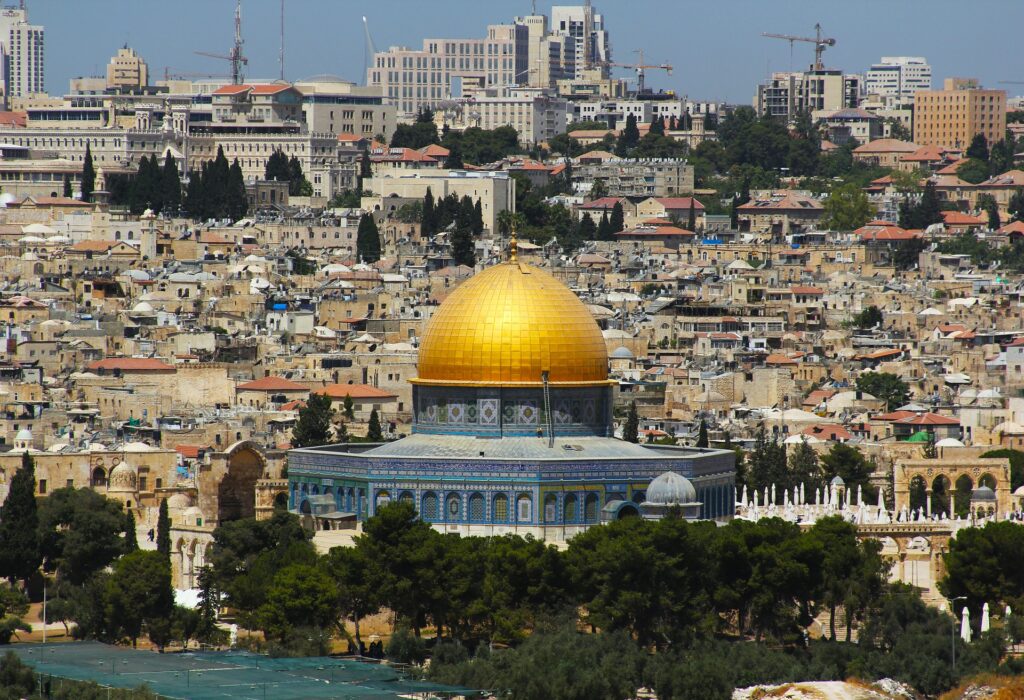
Chances are that you’ll spend much of your time here. The Old City is home to many of Jerusalem’s most sought-after attractions, including the Western Wall, the Church of the Holy Sepulchre, and the Temple Mount. Originally built by King David in 1004 B.C., the walled Old City comprises four distinct areas: the Jewish Quarter (or the Cardo), the Muslim Quarter, the Christian Quarter, and the Armenian Quarter. Each quarter exudes its unique atmosphere, with religious sites, shops, and food offerings reflecting its heritage. Yet the Old City’s winding alleyways and ancient stone plazas allow mixing and mingling among these cultures, making a very eclectic environment.

It’s easy to lose yourself (both metaphorically and geographically) in the Old City, but make sure you devote some attention to its boundaries. You can access the Old City from seven entryways: the New Gate, Damascus Gate, Herod’s Gate, Lions’ Gate, Dung Gate, Zion Gate, and Jaffa Gate. Each doorway marks a significant era of Jerusalem’s history. For example, Jaffa Gate is where the Tower of David (the city’s primary defense point) can be found.
Mahane Yehuda

Sandwiched between Agripas and Yafo streets in West Jerusalem, Mahane Yehuda offers a glimpse (and a taste) of authentic life in modern Israel. This vibrant marketplace houses vendors selling everything from aromatic spices to souvenirs. The lively atmosphere is thick with the scent of fresh falafel and the sound of more than 250 haggling merchants. Although you’ll find the market crowded no matter when you visit, be prepared for hefty crowds on Fridays when Jerusalem residents are stocking up for the Sabbath (observed from Friday at sundown through Saturday night). Mahane Yehuda is open from Sunday morning through Friday afternoon, and you’re free to explore (although you’ll want some cash in case you find something delicious).
Western Wall (Wailing Wall)
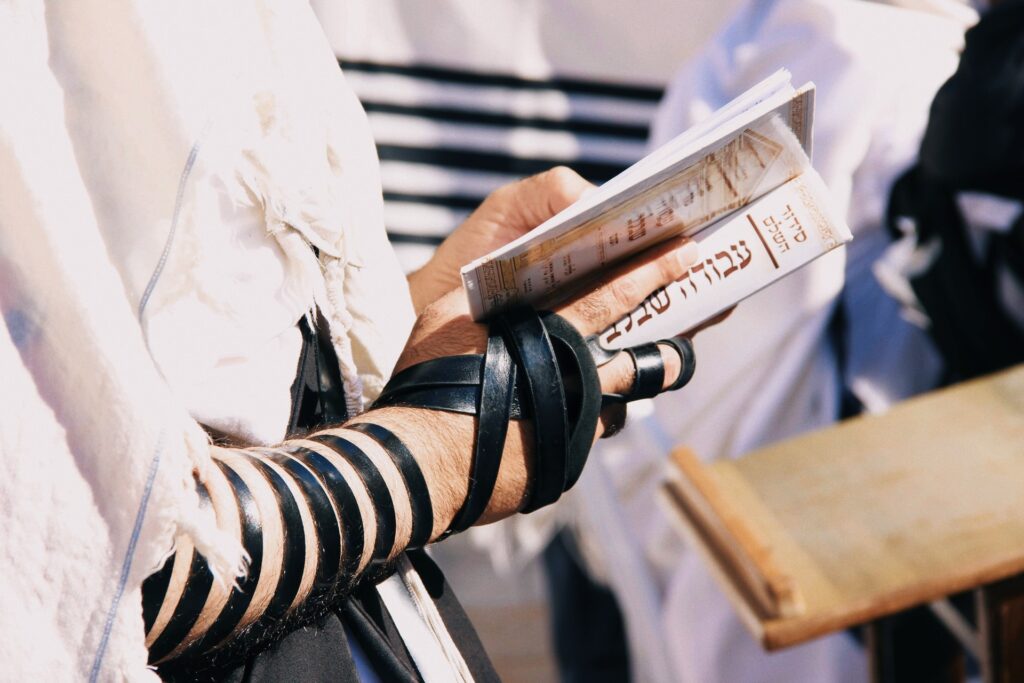
The Western Wall, known as the Wailing Wall or the Kotel, is the most significant historic site for the Jewish faith. This wall, located in the heart of the Old City, is a remnant of King Herod’s renovation of the Second Temple and dates back to the first century B.C. Millions of pilgrims (Jewish and non-Jewish) make their way to the Western Wall each year to pray, writing their wishes on small pieces of paper before placing them between the cracks in the stone for God to answer. The most prominent part of the wall measures 187 feet long and can be accessed via the Prayer Plaza. This famous portion is divided into two areas, one for women and one for men. The Prayer Plaza section of the Western Wall is open to all visitors at all times. Admission is free, but modest dress is required. The tunnels are open Sunday through Thursday from 7 a.m. well into the evening (closing time depends on tour times), and Frida from 7 a.m. to noon.
Temple Mount and the Dome of the Rock
Temple Mount is one of the holiest sites in Jerusalem for both Jews and Muslims. Historians have associated it with Mount Moriah (where the binding of Isaac took place) and Mount Zion (where the original Jebusite fortress once stood); however, neither theory has been proven. Jews believe that this section of the Old City is the resting place of the Divine Presence on earth and the source of the dust that God used to create Adam. Meanwhile, Muslims believe Muhammad’s ascent to heaven occurred at Temple Mount. Even if you’re not a believer, travelers say Temple Mount is worth visiting for its historical significance.

Despite its importance to both religions, Temple Mount’s most notable feature is distinctly Muslim: the Dome of the Rock. Encased in this golden-topped structure is the rock where Muhammad prayed with Gabriel. It is also said to be the exact location of his ascension. It would be best to visit the Al Aqsa Mosque, the third holiest place in Islam behind Mecca and Medina. Constructed in 720 A.D., Al Aqsa is described by many as one of the most beautiful mosques in the world.
Mount of Olives
Named after the olive groves that once covered its slopes, this 2,900-foot mountain stands opposite the Old City across the Kidron Valley. For over 3,000 years, the Mount of Olives has served as Jerusalem’s primary burial ground and the final resting place of notable biblical figures, such as Zechariah and Absalom.
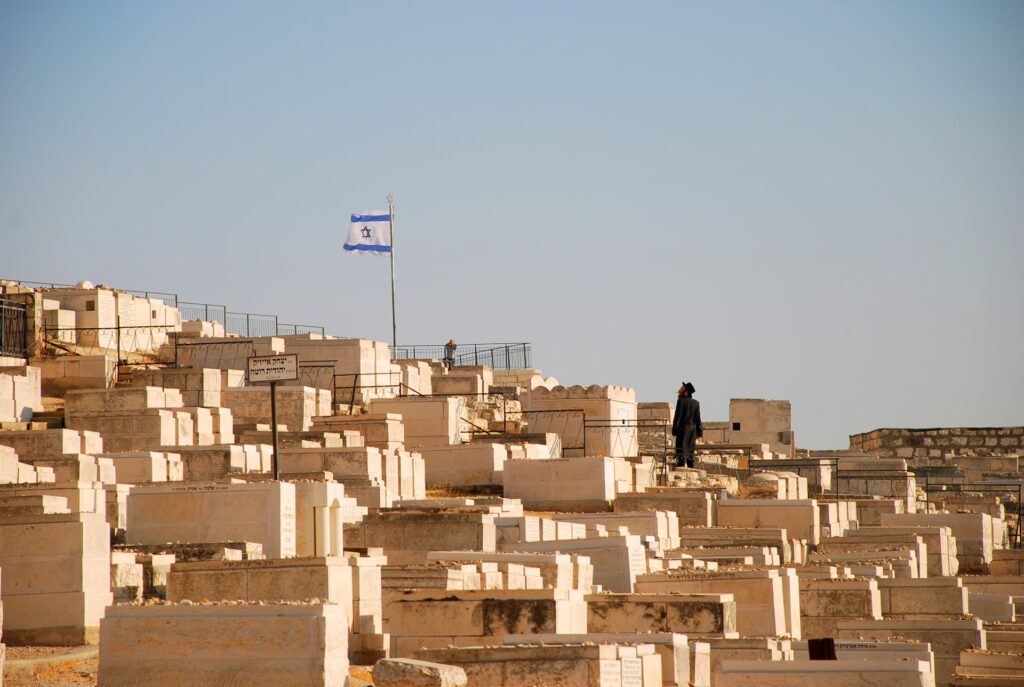
Church of the Holy Sepulchre
Believed to stand directly above Jesus Christ’s tomb, the Church of the Holy Sepulchre is considered one of the world’s holiest Christian sites. Emperor Constantine originally built the church in 326 A.D. as a Byzantine place of worship. Since its formation, the Church has been destroyed twice, first by the Persians in 614 A.D. and then by the Egyptians in 1009. Today’s church is a product of 12th-century Crusaders
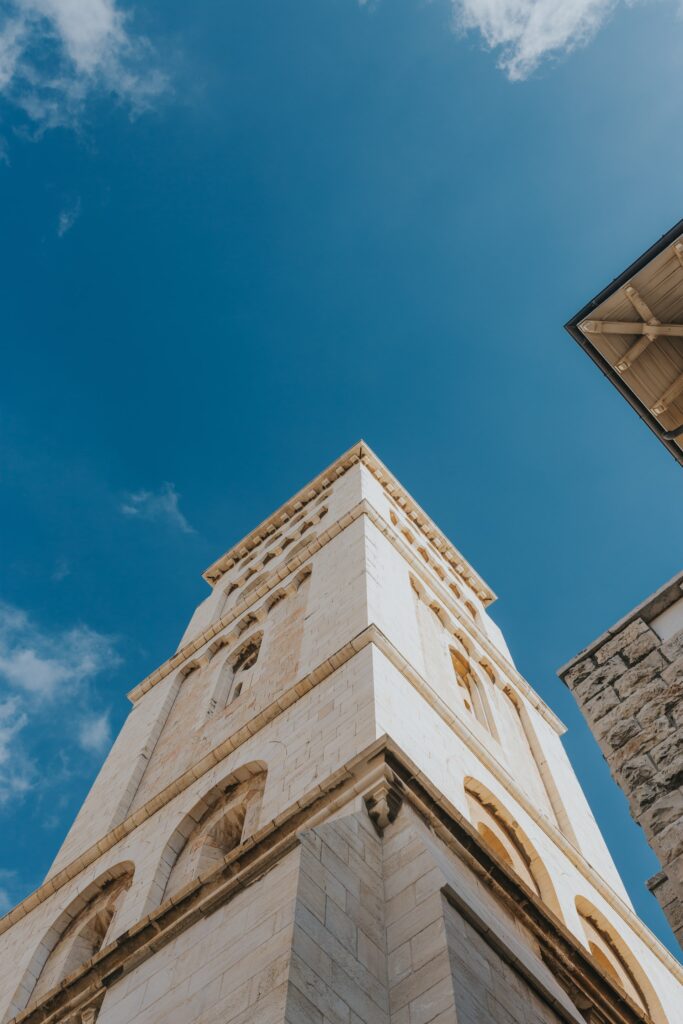
Via Dolorosa

Tower of David Museum
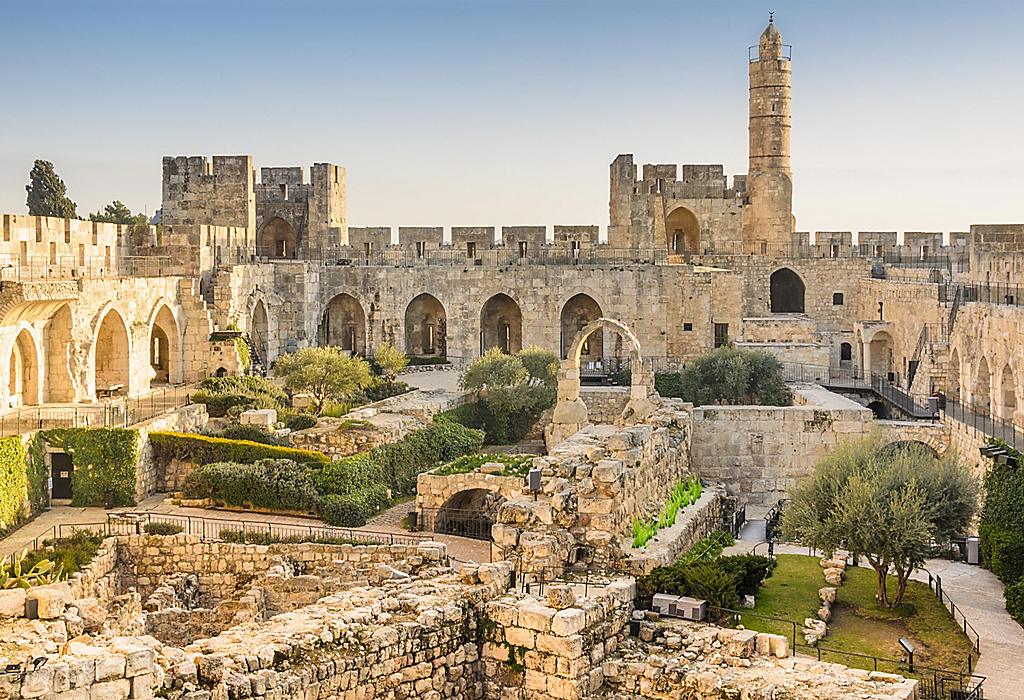
The Tower of David Museum inhabits the medieval Tower of David. Despite its name, the Tower of David had nothing to do with Kind David. While the tower’s original purpose was to defend Jerusalem, it now contains a highly comprehensive museum that includes details of Jerusalem’s history. While walking through the citadel, you’ll find informative panels and miniature models depicting Jerusalem at different points of its existence. The Tower of David Museum overlooks Jaffa Gate on the western edge of the Old City. Hours of operation and the light show schedule vary greatly depending on the day and the season; you can find a detailed timetable on the Tower of David Museum website. General admission to the museum costs 30 ILS (around USD 8) for adults and 15 ILS (roughly USD 4) for children. The light show costs 55 ILS (about USD 15) for adults and 45 (around USD 12) for kids.
Garden Tomb

The Church of the Holy Sepulchre may have a shrine, but it is widely believed that Jesus Christ was buried and resurrected in the Garden Tomb. Located just a short walk from the Old City’s Damascus Gate, this lush garden contains ruins that are said to be the tomb of Joseph of Arimathea. The Garden Tomb is pen to visitors Monday through Saturday from 8:30 a.m. to noon and from 2 p.m. to 5:30 p.m. Admission is free, as are guided tours and pamphlets.


